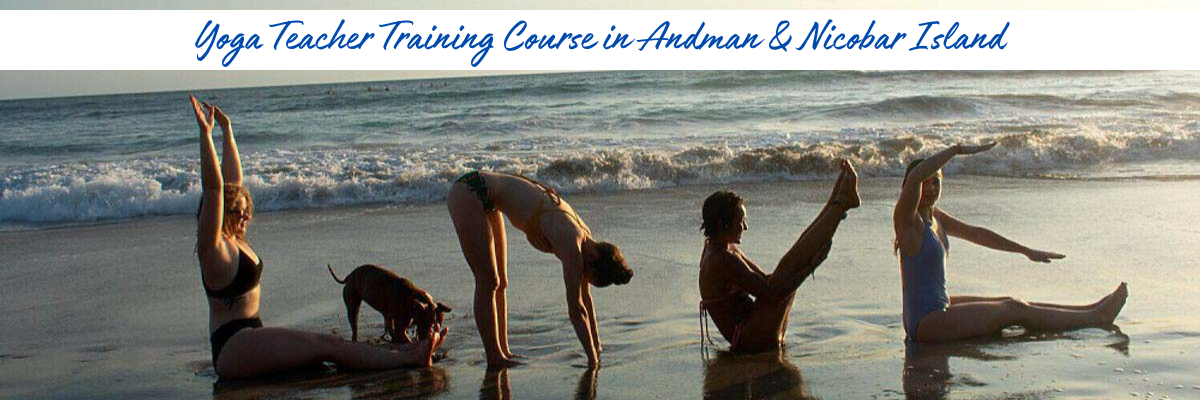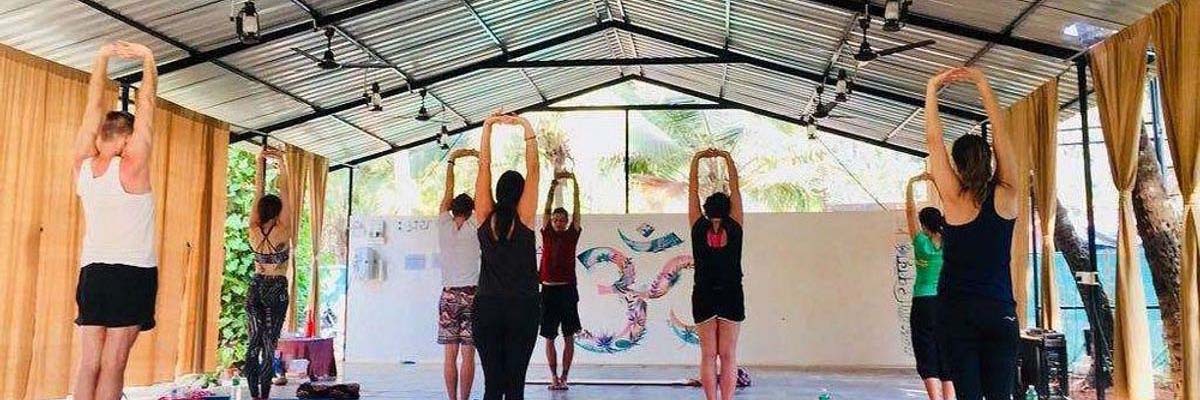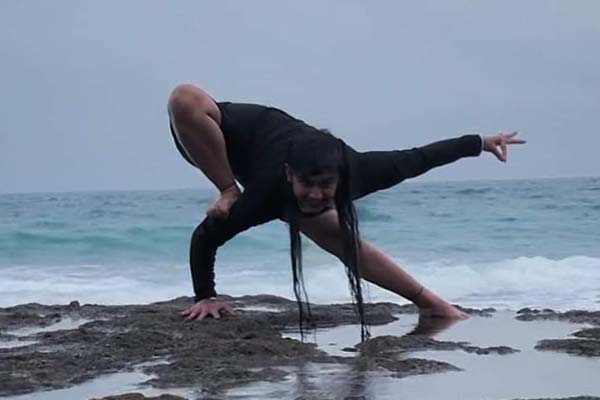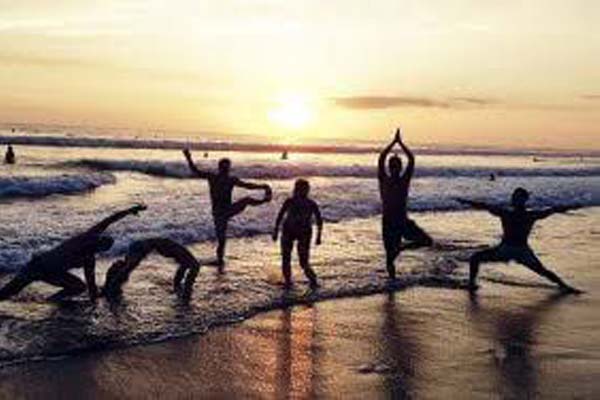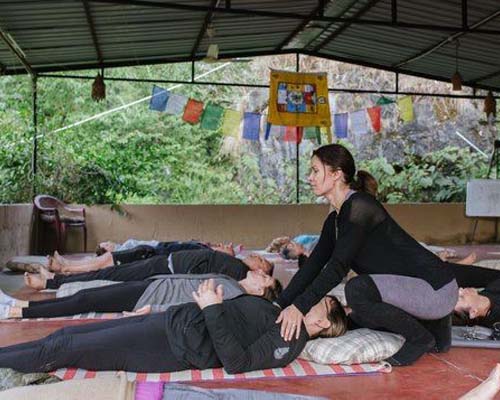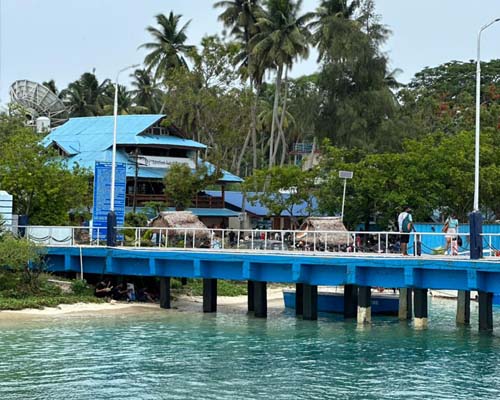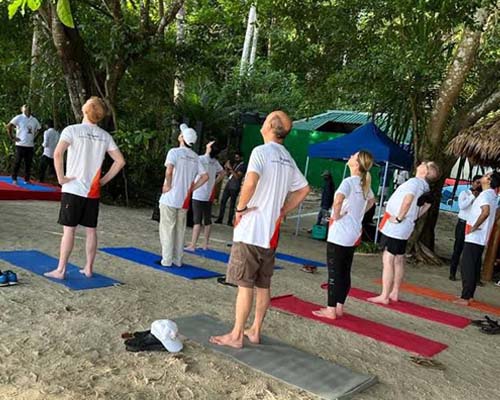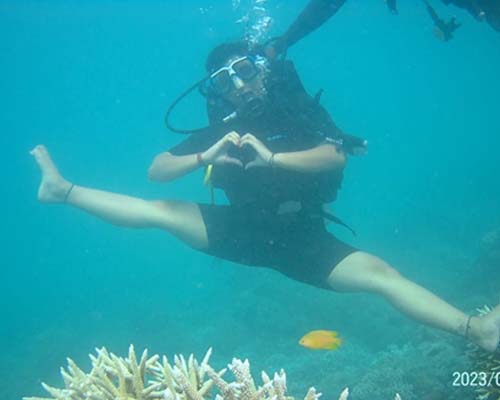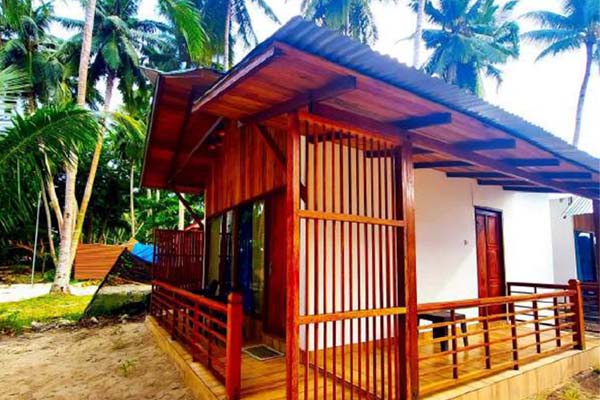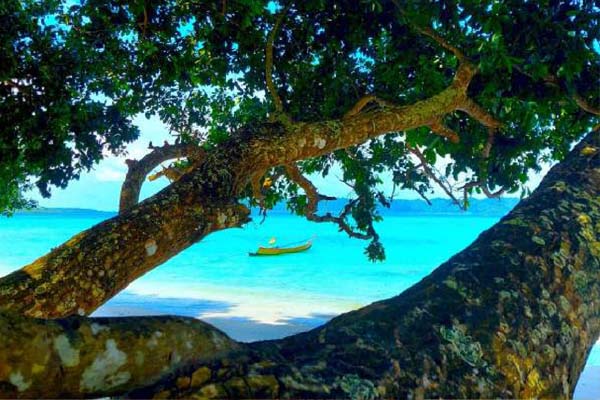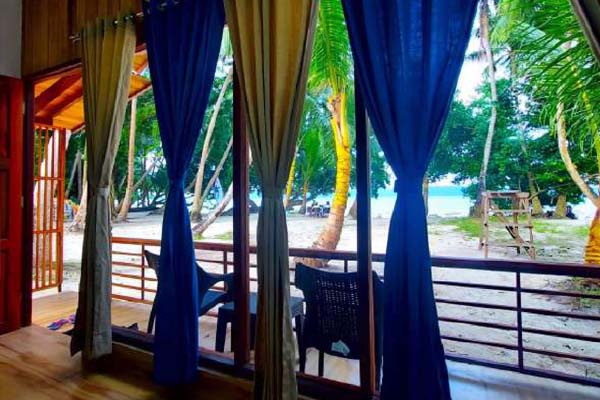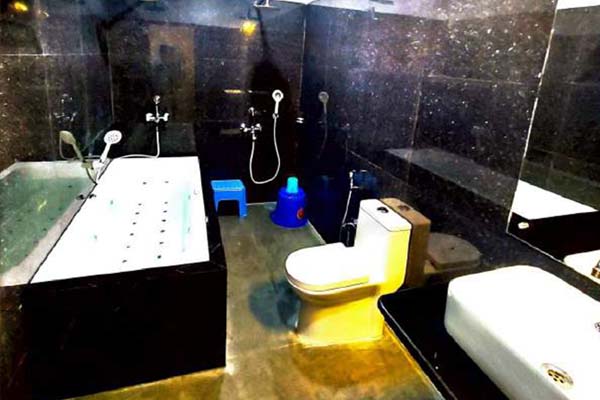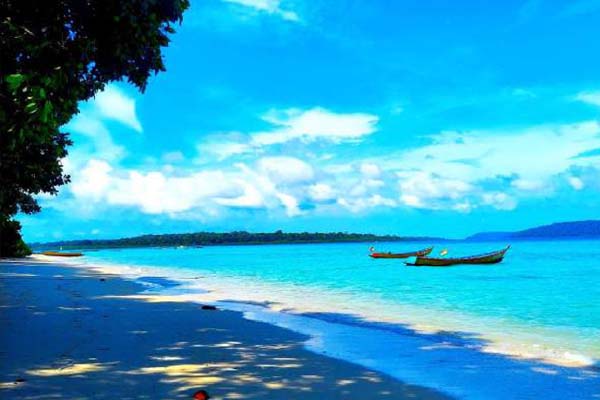Overview : 200 Hour Yoga Teacher Training in Andman & Nicobar Island.
Whether aspiring to become a certified yoga instructor or seeking personal enrichment, Shree Maha Yoga School's training in Andaman & Nicobar Islands offers a profound journey of self-discovery and learning.
Shree Maha Yoga School offers a transformative 200 hour yoga teacher training in Andaman & Nicobar Islands. This intensive program combines traditional teachings with modern practices, aiming to deepen both personal practice and teaching skills. Surrounded by the natural beauty of the islands, students immerse themselves in yoga philosophy, anatomy, asana practice, and meditation techniques.
Led by experienced instructors, the training emphasizes a holistic approach to yoga, fostering spiritual growth and physical well-being. Students are encouraged to explore and develop their unique teaching style, preparing them to confidently lead classes upon completion. The peaceful and supportive environment of the Andaman & Nicobar Islands enhances the learning experience, allowing participants to rejuvenate and connect deeply with themselves and nature. Our school runs not only in Andaman but also in Rishikesh where we provide Yoga Teacher Training Course to people from different parts of the world.
Why Choose...
Andman & Nicobar Island For 200 Hour Yoga TTC
Choosing the Andaman & Nicobar Islands for a 200-hour Yoga Teacher Training Course (TTC) offers several compelling reasons:
1. Serene Natural Environment: - The Andaman & Nicobar Islands offer a tranquil and pristine environment perfect for yoga practice. The lush greenery, pristine beaches, and the sound of waves create a calming atmosphere that enhances meditation and mindfulness.
2. Ideal Climate: - The islands have a pleasant tropical climate, making it an ideal location for outdoor yoga sessions. The mild temperatures and gentle sea breezes provide a comfortable setting for practicing yoga throughout the year.
3. Unique Cultural Experience: - The Andaman & Nicobar Islands are rich in diverse cultures and traditions. Participants in a yoga teacher training course can immerse themselves in the local culture, explore traditional practices, and gain a deeper understanding of the island's heritage.
4. Isolation from Urban Distractions: - The remote location of the islands provides an escape from the hustle and bustle of city life. This isolation allows participants to focus entirely on their training, promoting a more immersive and uninterrupted learning experience.
5. Adventure and Exploration: - The islands offer a range of adventure activities such as snorkeling, scuba diving, and trekking. Participants can enjoy these activities during their free time, making the training course not just a learning experience but also an adventurous retreat.
